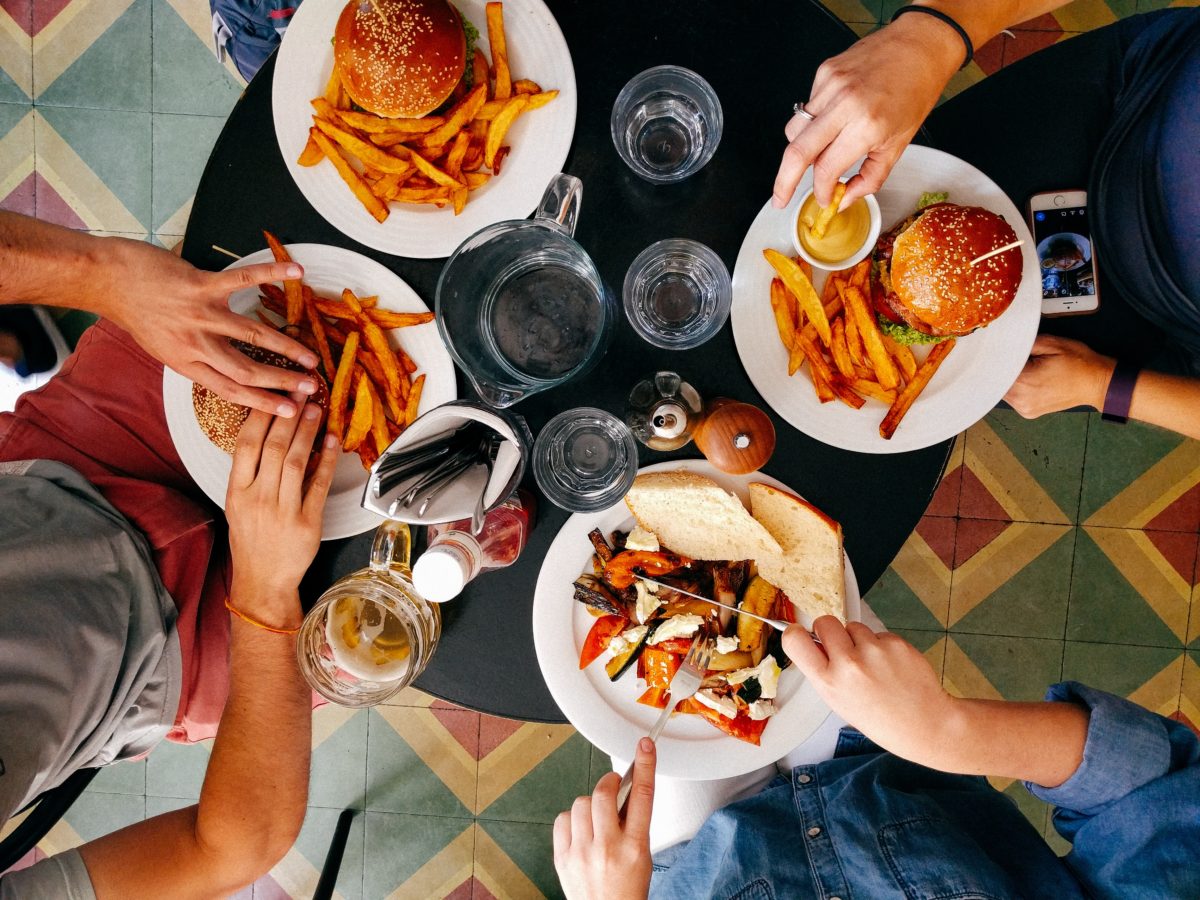If you’re a For Goodness Seyks regular, you might be used by now to seeing posts catered to vegans. Most of you are already fairly familiar with questions surrounding the ethical and health implications of what we put on our plate. Yet even most of today’s plantbased leaders were one day completely clueless about understanding vegans. That’s a necessary side effect of growing up in a world ruled by meat and dairy industries. I’ll be the first to admit that we forget about that all too often, especially as we get wrapped up in our own communities.
So, for once, this post isn’t for vegans! On the contrary, if you feel completely clueless about veganism, you’ve come to the right place. If you’re reading this post, that’s probably because you feel curious. Maybe one of your loved ones has recently converted towards veganism. It makes sense that you would like to understand their passion for it.
The problem is that you may feel confused, or even a little bit judged by their new lifestyle. Fear not! The vast majority of vegans don’t condemn you and want nothing more than to share what matters to them with you. Yes, that most likely includes your loved one! Trying to understand veganism is already a great first step, and you should be proud of yourself for attempting to relate to your loved one. Through some simple steps, you’ll be able to cut the tension between you and your favorite vegans and hopefully move towards mutual understanding.
Step 1: Learn!

There are many ways to go when it comes to learning about veganism. You could do some research on factory farming and the way it affects animals and the planet. If that’s not your jam, you can also research the health side of veganism. This doesn’t mean you have to change anything about the way you’re currently living! Simply look for information and soak in what you find. Through your journey towards understanding veganism, there is no doubt that you will stumble on contradicting information. Paying attention to sources in these kinds of scenarios is key. Try your best to find scholarly, peer-reviewed sources and eliminate those sponsored by sources which could be biased. For some helpful starting points, check out these posts on the growth of vegan diets in the US or worldwide.
Step 2: Investigate Your Own Dairy Consumption

Unless your diet is exclusively made out of steak, eggs and cheese, there probably is some place in your life where cutting down on one animal product or the other would be much less difficult than it sounds. Try to make a difference between the animal products you genuinely enjoy and those you use out of habit. Maybe you’ll find that your aunt’s mac and cheese was eaten out of politeness more than taste. Or what if you’ve always enjoyed the company and the cocktails much more than what was grilling during your last barbecue?
That’s where it all started for me. I just realized that unmelted cheese and sour cream didn’t bring me any extra enjoyment in already delicious meals. Cutting them out didn’t even feel like a sacrifice. Detach yourself from any judgement and simply notice how you feel and which of these changes could become part of a sustainable lifestyle for you. Trying out these small but impactful changes for yourself is a great way to get closer to understanding veganism!
Step 3: Think About Your Meat Consumption

It wasn’t too long ago that meat was considered an essential part of every single meal. Nowadays, most people are getting more comfortable with the idea of switching things up in their plate. Just like dairy, you don’t have to cut out anything you’re uncomfortable with just yet. Simply try to be more mindful about your habits. For example, you might realize that you often leave a bit of meat on your plate or feel overly full by the end of a meal.
Becoming a reducetarian could make you more aware of your food waste and your body’s needs. I know it did for me! Before I became a vegan, I cut my meat consumption by a huge amount by abstaining intermittently, taking smaller portions than I used to when I did indulge, and making sure that nothing was ever wasted. Seeing that just a few changes can make such a big difference in your lifestyle will surely bring you a few steps closer to understanding veganism!
Step 4: Buy Animal Products from Better Sources

It’s a pretty fair assumption to say that almost no one, regardless of their diet, likes the thought of animal cruelty. Being more aware of where your food comes from is a wonderful way to both get close to understanding veganism and have a more nutritious diet. You can use things such as Whole Foods’ 5 Step Animal Welfare Rating. This program rates products based on the physical and emotional wellbeing of the animals, as well as the quality of the environment they’re raised in. The higher the rating, the better!
Another option is to buy from a local family farm or plan a trip to your closest farmer’s market. You’ll be able to ask questions to the farmers themselves about their practices. Hhere is a great resource if you’re not sure what to ask! It may be a little less convenient, but it will support your community a lot more than buying the same product in a supermarket.
Step 5: Sample Vegan Alternatives

Gone are the days when veganism was reserved to obscure hippies and experienced cooks. Nowadays, chances are that even your local store sells some kind of vegan product. Vegan alternatives to cheese, butter, milk, yogurt, dressings and meat have become much more easy to find, and a lot tastier too.
My recommendations
I personally love Miyoko’s and their tasty butter and cheese wheels made out of cashew cream. Daiya is one of the oldest vegan cheese brands out there and has considerably stepped up their game over the years, and is a great choice if you can’t have nut-based cheeses. You also might be familiar with some meat alternatives like Beyond Meat which have made a lot of noise. The famous burger is even available at many unexpected spots like Dunkin’ (as a plantbased alternative to their famous breakfast muffin) and even cinema chains or theme parks.
If you’ve ever felt curious about any of these products, now is the time to give them a try! Remember that they most likely won’t taste exactly like their animal counterparts. I’d argue that vegans are pretty cool people, but we’re not magicians just yet! Approach them with an open mind and try to appreciate them for what they are. To go the extra mile towards understanding veganism, why not also pay a visit to a local vegan restaurant? You could ask your vegan loved one if they have any suggestions, or use a resource like Happy Cow. And if you don’t mind getting your hands dirty, try to make a vegan recipe at home!
Step 6: Have a Conversation with Your Favorite Vegan

Now that veganism doesn’t look like the big scary monster it once was, you might feel more comfortable talking to your favorite vegan about their lifestyle and their convictions. I have a feeling that they’d love to be able to discuss it with you! Asking questions about their own journey while sharing your own experience is a sure way to strengthen your bond. No matter where you stand on veganism by the end of these six steps, they will feel grateful for all the effort you went through.
Still intrigued by veganism?
I hope these tips helped you feel a bit more hopeful about understanding veganism. Hopefully this journey will bring you more awareness of the way you consume things on a day to day basis. And if you’d still like to learn more, you’re more than welcome to continue your journey in one of these posts
- Blood testing for vegans
- My latest stop in Iceland (which shows you can really be vegan anywhere in the world!)
- Try a classic recipe in its vegan version
- Or learn more through these amazing vegan podcasts
Let us know how it goes!
For the sake of goodness,
Seyka & Brian


